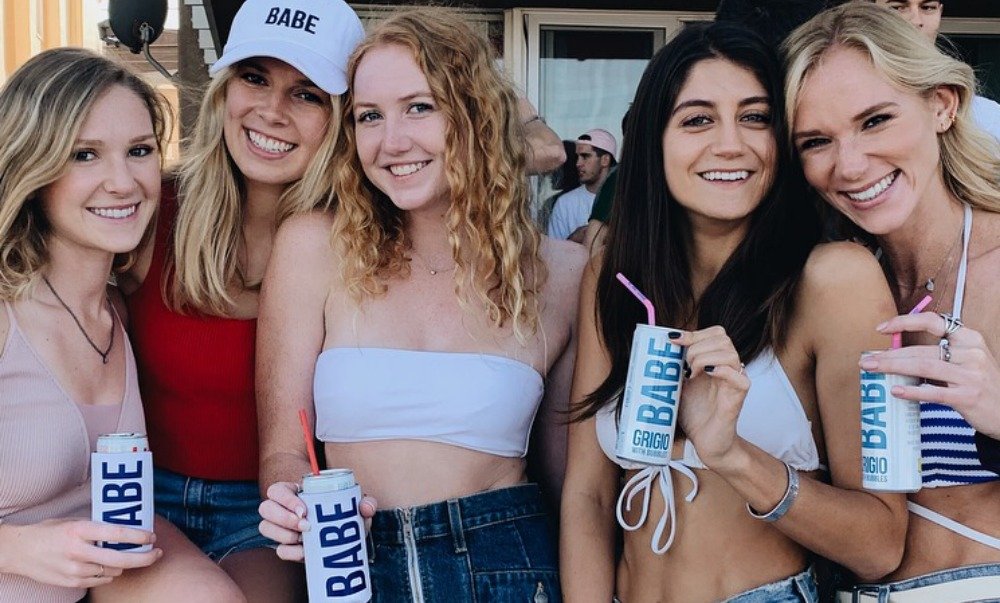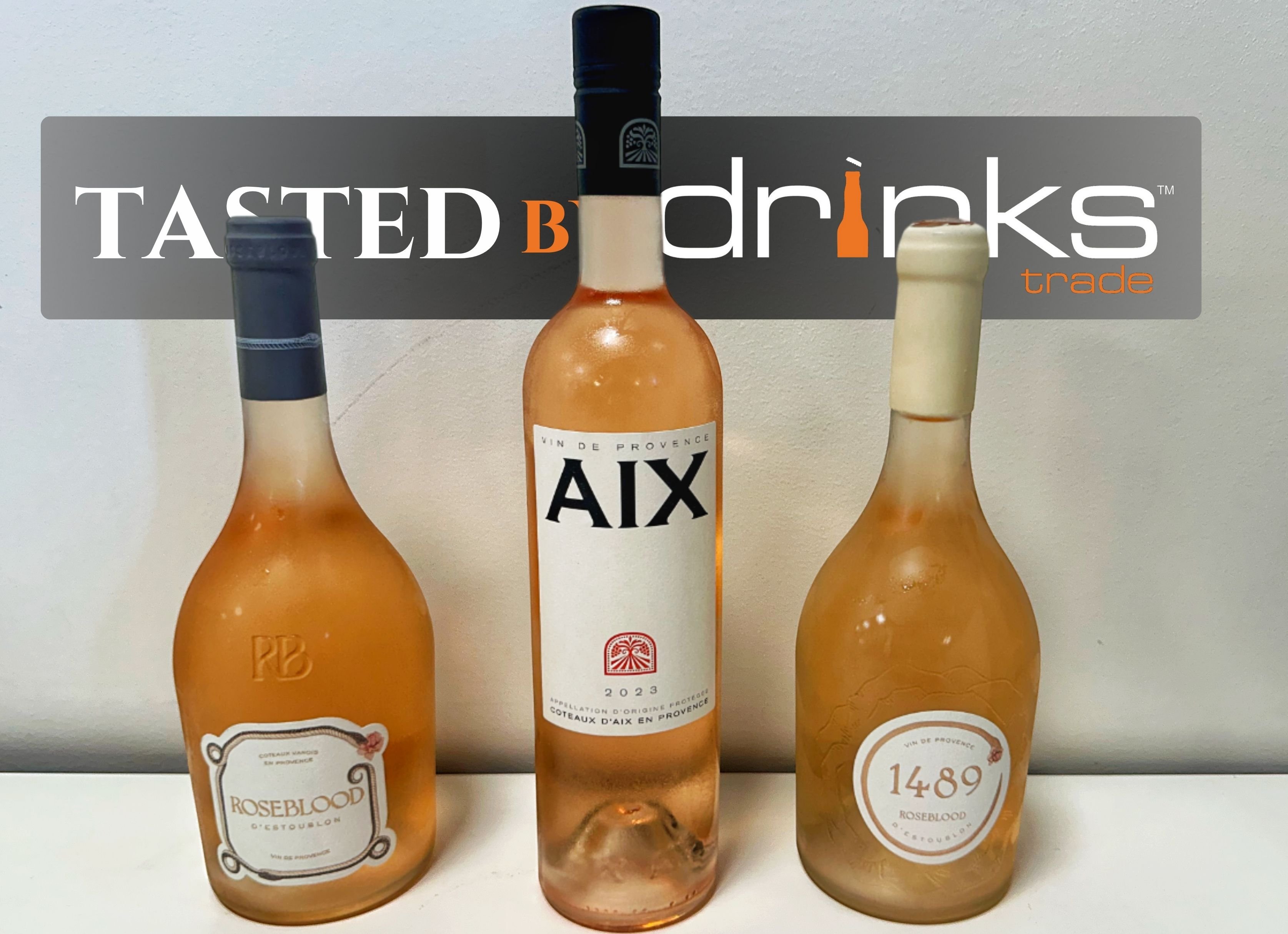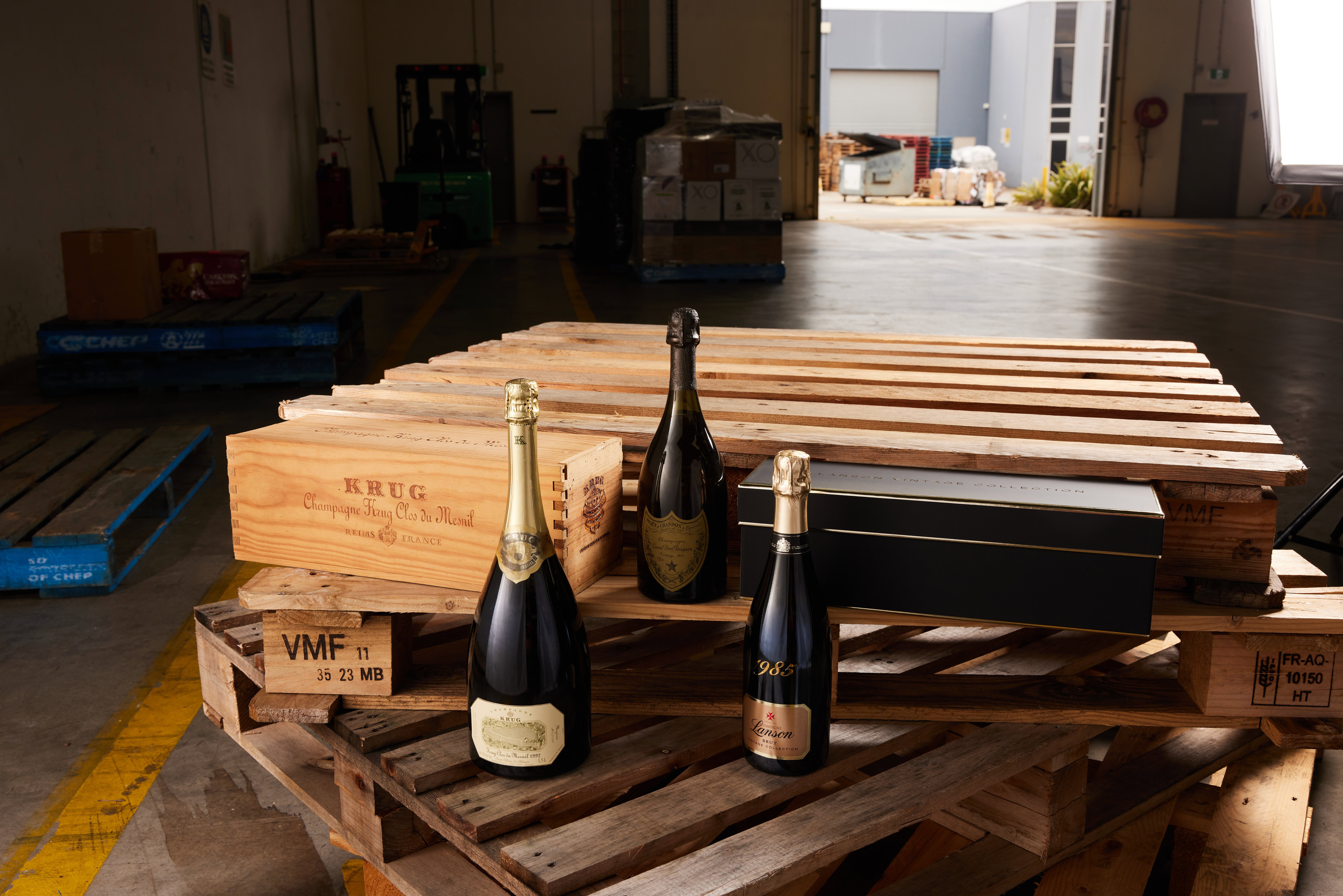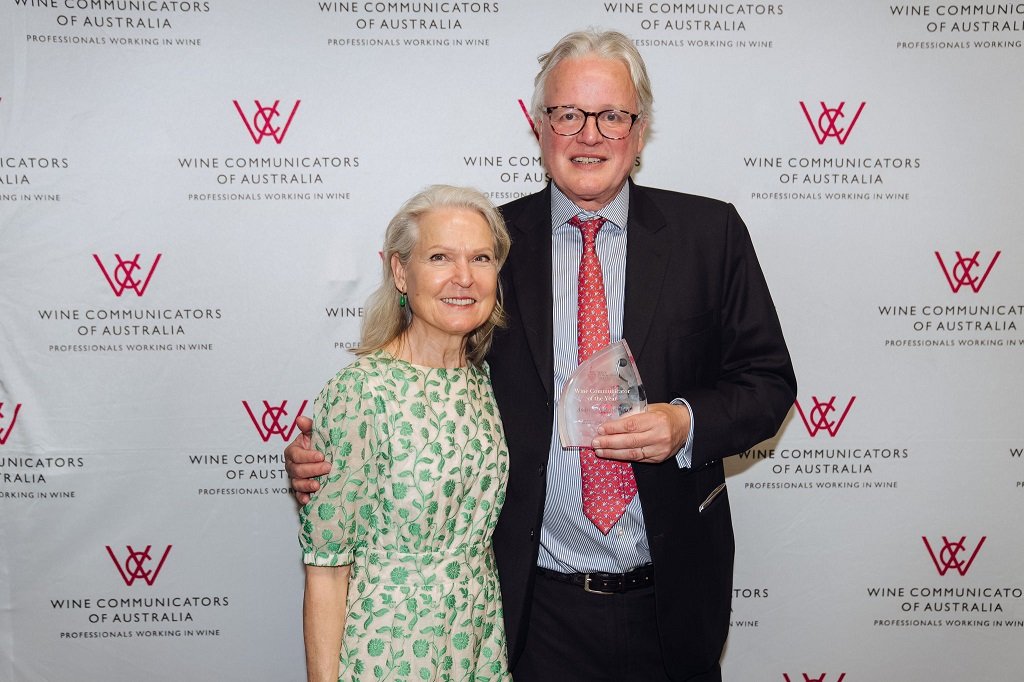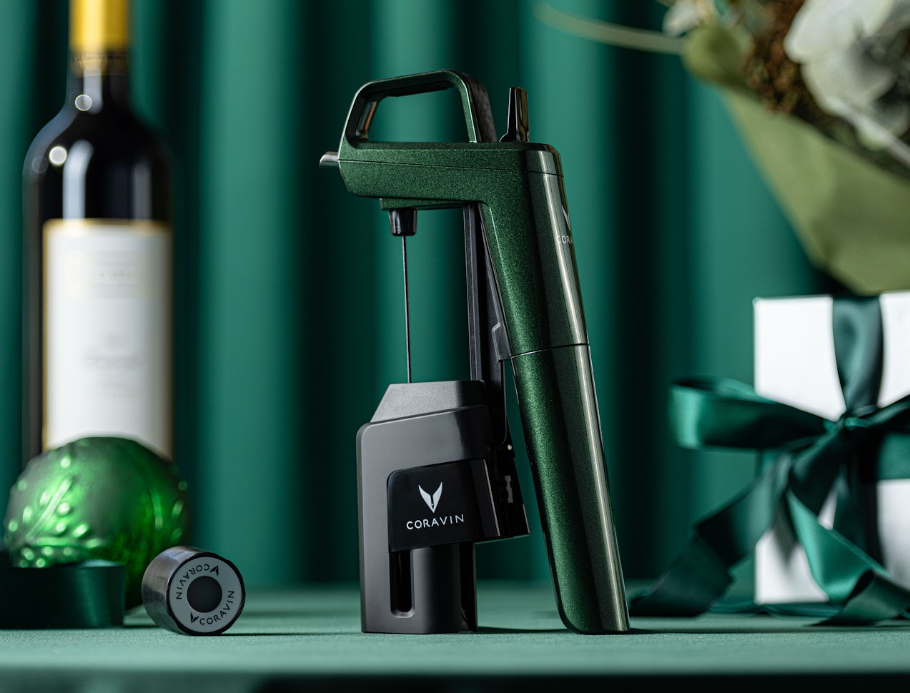Wine Australia reports that while canned wine sales are up 35% year-on-year in the US, Australia is not exploiting the potentially lucrative market.
In the US, canned wine sales have grown exponentially in the off-trade over the past five years.
IRI Worldwide currently has canned wine sales at 540,000 9l case equivalents in year ending June 2019, up 35% on the previous year.
"Retail sales value was US$48.5 million. While grocery stores were the most common channel for canned wine sales, there was larger year-on-year growth in the convenience store channel," Wine Australia notes.
"The majority (97%) of the canned wines sold in the off-trade were produced in the US with the most popular regions of origin in California, Oregon, Washington and Colorado.
"The only imported canned wines recorded by IRI Worldwide were from France, New Zealand, Italy and Spain. Up until recently, there have been no exports of Australian wine in 250ml cans to the US."
Wine Intelligence reports that wine in cans is becoming popular in the US due to four key trends: value for money and quality, convenience, sustainability and millennial appeal.
This last trend is similar to Australia, with younger US regular wine drinkers more likely to purchase alternative packaging formats – including wine in a can – at 8% compared to the overall average of 3%.
Purchase consideration of those aged 21–34 years was also higher than the average at 49% compared to all US regular wine drinkers of 34%.
In 2018–19, Australia exported wine packaged in 250ml can containers to Japan, Canada, New Zealand, Brazil, mainland China, France, Singapore, South Korea and recently to the US.
Japan is the largest destination for Australian exports in 250ml packaging, worth more than $2 million in 2018–19. Wine in cans makes up nearly all (98%) of the alternative packaging exports to Japan in value, but 5 per cent in total packaged wines.
The acceptance of wine in cans may be due to Japan’s love of vending machines, with one machine for every 23 people, or 5.5 million.
Exports of Australian wine in a can (based on packaging size of 250ml) made up more than two thirds (70%) of alternative packaging export volume in the year ending June 2019.
Exports of canned wine peaked in year ending February 2019, but have since been in decline. However, despite the recent decline, Wine Australia notes there has been a positive long-term trend in export value since year ending June 2014.
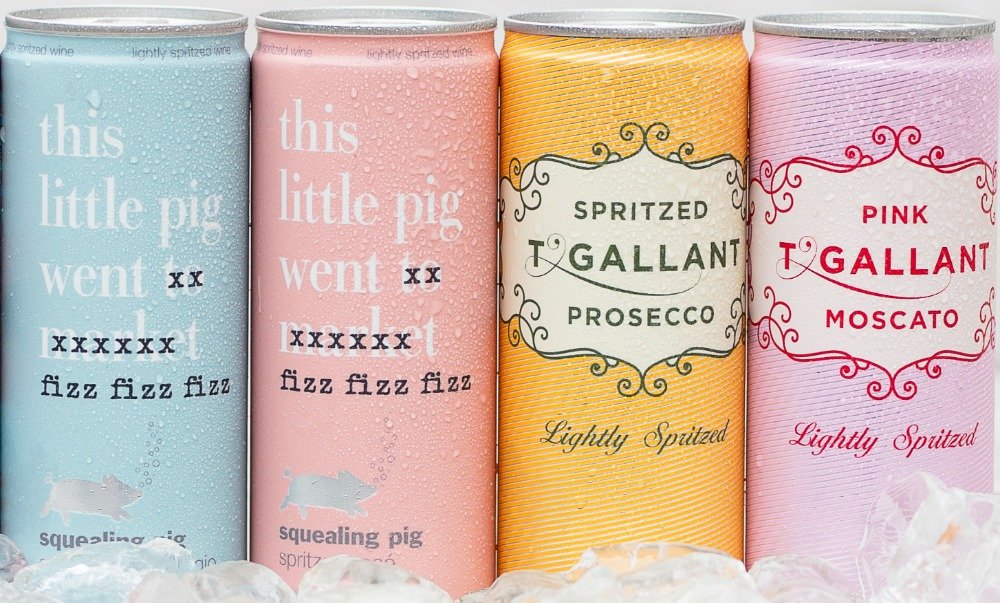
The top four canned wines in Australia according to July figures are T’Gallant Spritz Moscato Pink, Squealing Pig Spritz Rose, T’Gallant Spritz Prosecco at No.3 and Squealing Pig Spritz Pinot Gris, all owned by Treasury Wine Estates, all in the sparkling canned wine segment.
"Trending wine styles, that are light and versatile are well suited to cans," Wine Australia added.
AB InBev puts its money on Babe canned wine
AB InBev continued its diversification into the “beyond-beer” category in July, acquiring canned wine producer Babe Wine.
The beer giant took a minority stake in the winemaker last year, but has decided the time is right to take full control.
The brand was co-founded by Instagram influencer Josh Ostrovsky, known by his handle “The Fat Jewish”. Ostrovsky has more than 10 million followers.
His company, originally called Swish Beverages, first launched a bottled wine, “White Girl Rosé” in 2015, but now generates more than 95% of its revenue from Babe Wine, which is sold in cans.
Ostrovsky initially focussed on rosé to capitalise on its popularity on Instagram with younger drinkers.
“We knew they were the No. 1 group drinking wine, but they couldn’t cite a brand,” Ostrovsky said. “We wanted to be the Bud Light of wine.”
AB InBev US chief sales officer Brendan Whitworth told Bloomberg: “We think this is the right time to capitalize on what’s going on in canned wine space and wine in general.”
Share the content
